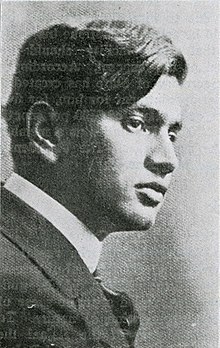Students can also check the English Summary to revise with them during exam preparation.
I Want Something in a Cage Summary Analysis and Explanation By Leland Exton Modesitt Jr
About the author Leland Exton Modesitt Jr
| Author Name | Leland Exton Modesitt Jr |
| Born | 19 October 1943 (age 76 years), Denver, Colorado, United States |
| Genre | Fantasy, Science fiction |
| Education | Williams College |
| Nationality | US |

I Want Something in a Cage Introduction
The story of a nature lover who shocked the shopkeeper. The shopkeeper was an elderly person. It was unusual for him to have a buyer who negotiated for a pair of dove and then set the birds free. The shopkeeper was bewildered at such unexpected behavior.

I Want Something in a Cage Summary of the Lesson
The story hints at the strange behavior of a man with the shopkeeper. The two characters are introduced with details. Mr. Purcell is the shopkeeper who kept bird’s cages, seeds, etc., in his shop. Once he was visited by a customer who left behind a musty smell of an abandoned house. His visit was uncanny and ghostly.
Mr. Purcell had a gently appeal in short stature having red cheeks. He also dealt with fish food and birdseed. Persisting noise of movement of caged animals and birds was ignored by the man. He placed and organized the cages that anyone who enters gets fascinated with Mr. Purcell welcomed his guests cheerfully.
Mr. Purcell was accustomed to opening his shop, having a place at the counter and scan through every minor detail written in the newspaper. One usual foggy morning, in winter there, entered a visitor.
His entry was unusual, as he missed a bell that rung when anyone enters. But that day, it did not ring. So he remembered the entry as materialized out of the air.
He welcomed him smilingly even though he knew that the visitor did not like him at all. The man wore ill-fitted new clothes and squeaky shoes. He looked around and avoided looking at Mr. Purcell.
Mr. Purcell broke the ice by talking about the weather. In turn, the visitor asked for something in a cage. When he asked if it could be a rat, the visitor replied that a bird would be alright. He then asked for price for doves.
The man did not like the amount he charged for them. He put forward a five-dollar bill to offer Purcell smiled after calculating the profit he was going to have. The man picked up the cage and constant chattering had annoyed him.
Mr. Purcell did not like his behavior, he wanted to throw him out of the shop. The man informed him that it took him ten years to collect five dollars. He toiled hard for the period. Then he was given a cheap suit.
Shocked at his uncanny behavior Mr. Purcell advised him to take care of doves. But he was stopped in between. The man even put the cage shoulder high and stared at the birds.
Then he released the dove one by one by opening the cage. He looked at the flying birds until they disappeared in the mist and then he melted away.
Mr. Purcell surprised by every move of visitors felt insulted.











